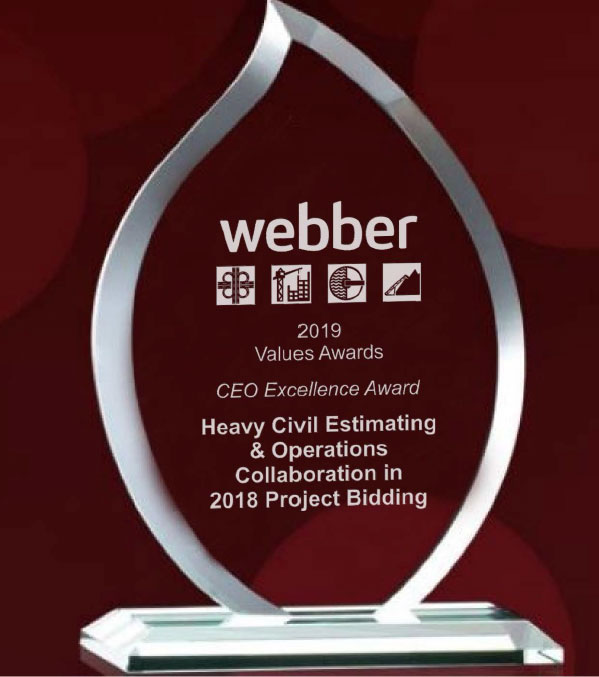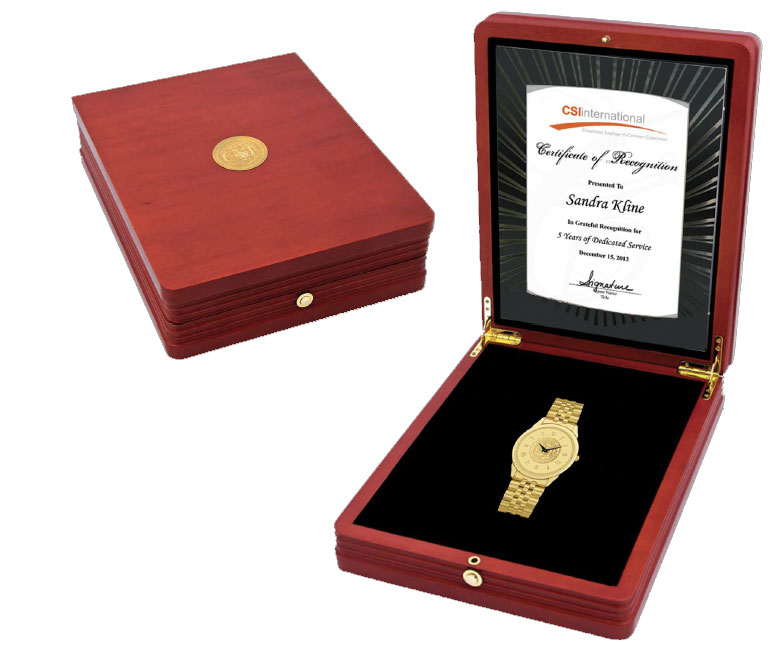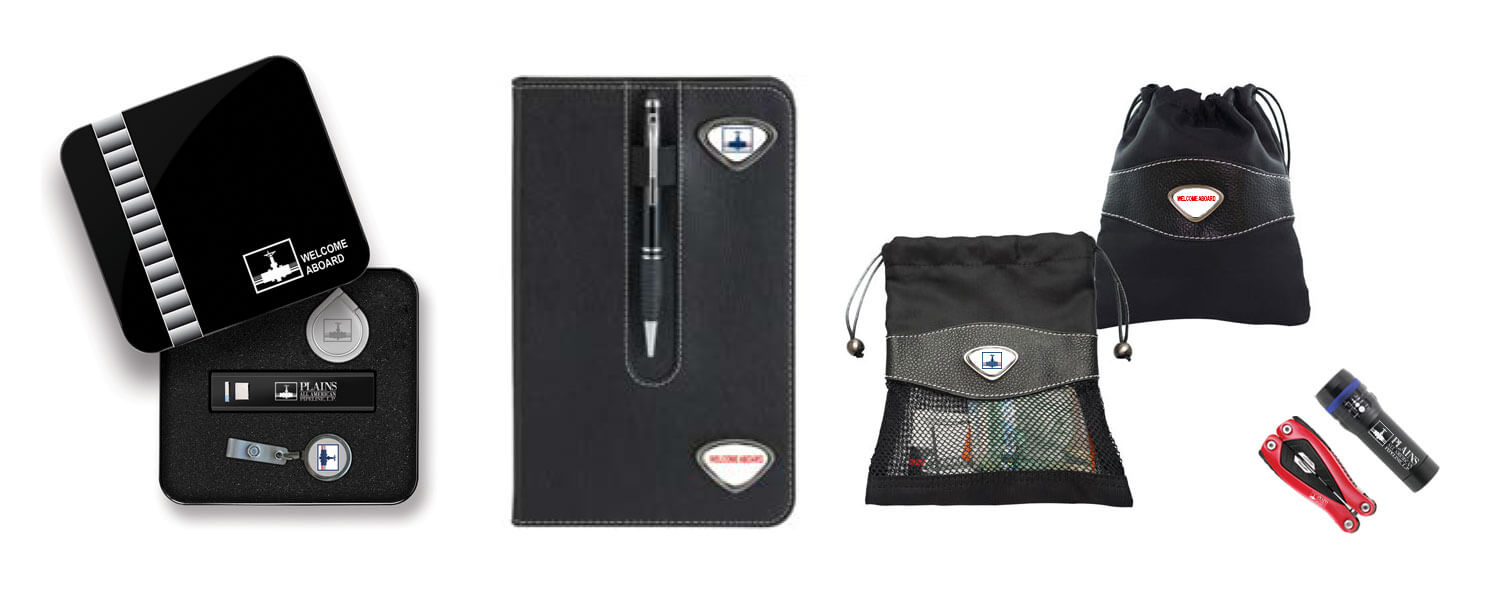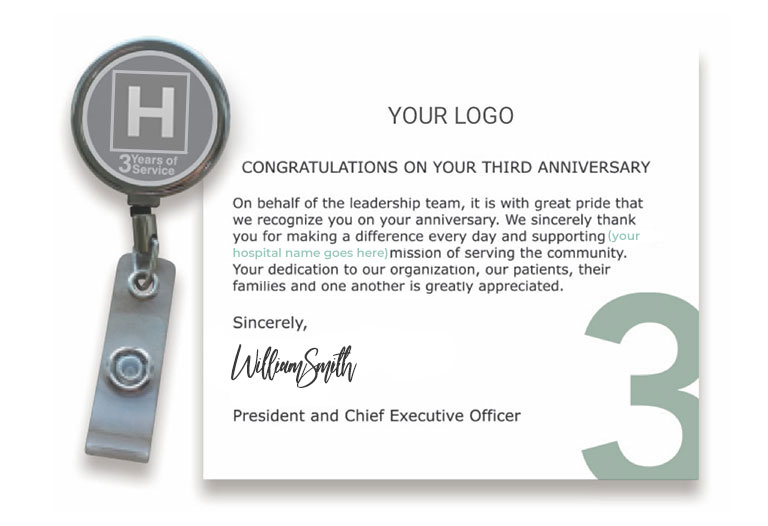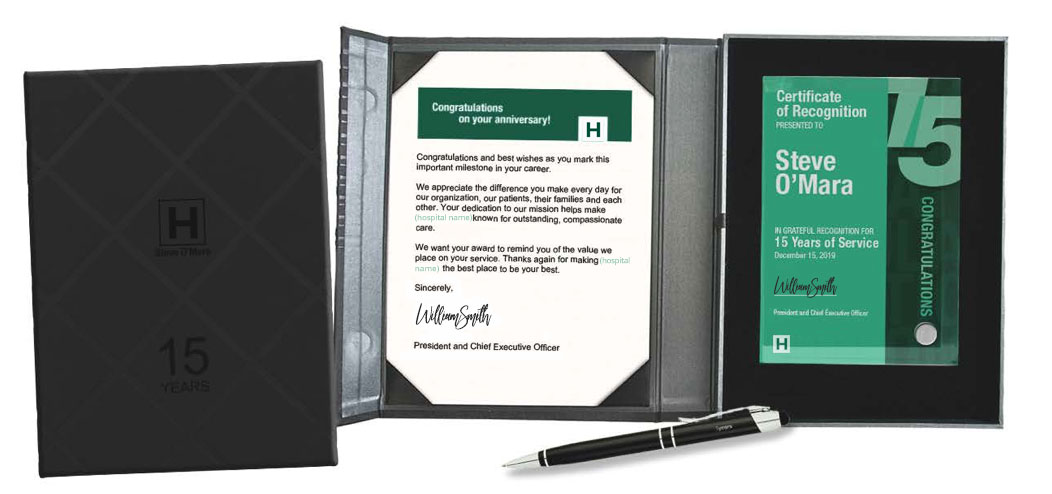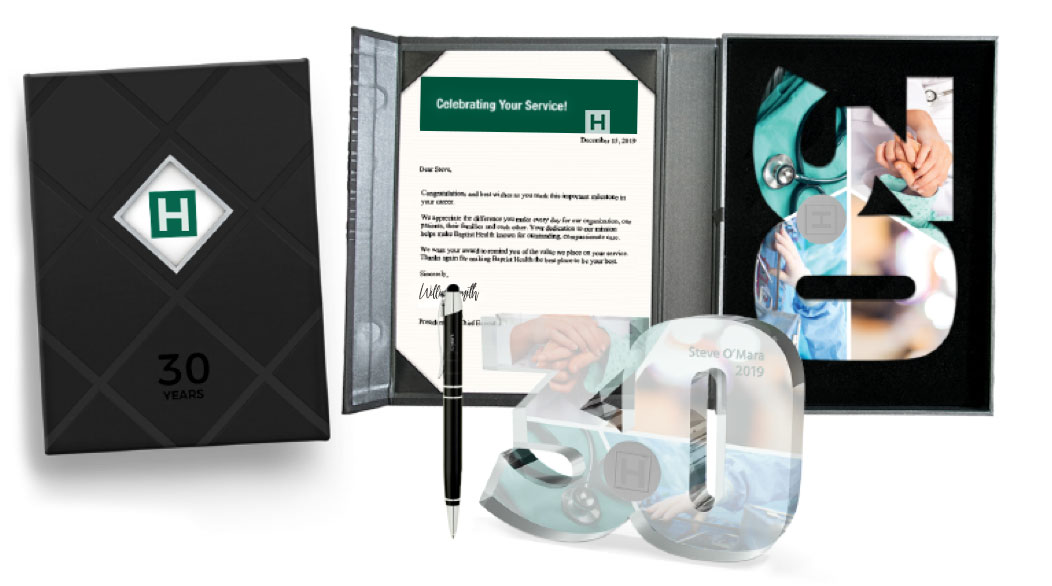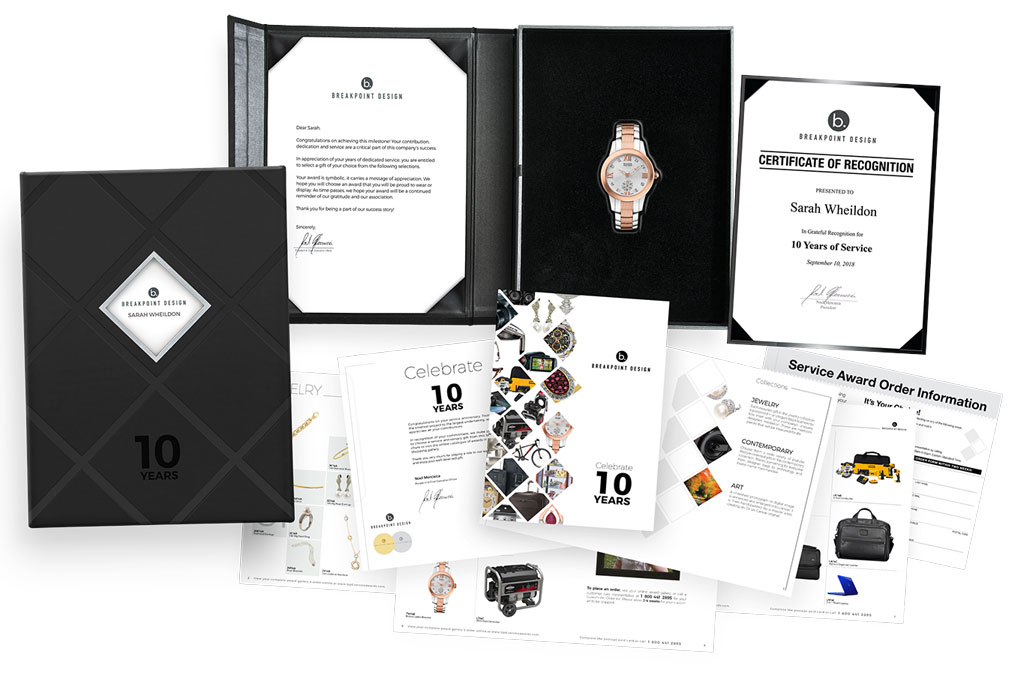Recognition Strategy 101
We all recognize the importance of recognition in the workplace – how it contributes to a growth-minded culture, reinforces core values, and leads to higher ROI.
So how do you develop a good recognition strategy?
Easy! Just follow these three steps.
1. Day-to-Day Recognition
Regular on-going recognition in the form of thank yous, spot cards, verbal feedback and the like are the glue of your recognition strategy. Without frequent reinforcement across the organization and at all levels, the time spent on other types of recognition does not carry the same weight. In fact, 70% of recognition should be non-monetary day-to-day thanks as this affects the majority of your workforce and yields the biggest payback, with little to no spend.
Here’s a simple way to get the ball rolling.
Day-to-day recognition begins at the top so start each management meeting by asking every manager/supervisor who they are going to recognize that day (or week). This gets leadership in the habit of giving regular recognition and praise.
Need help writing a thank you note or giving meaningful recognition? Refer to our How to Write a Thank You article and the difference between Recognition vs. Praise blog post.
2. Informal Recognition
Informal recognition involves less structured forms of recognition that may take the form of pizza lunches to celebrate the end of a project, an impromptu coffee break or posting (approved!) photos through your company’s social newsfeed of employees brave enough to do a polar bear dip to raise funds for a charitable organization.
It doesn’t take much to show you care and these little efforts create an atmosphere that boosts morale, a factor that increases engagement and productivity.
3. Formal Recognition
At the top of the recognition ladder is formal recognition. This involves a defined program linking organizational values to individual/team goals. It usually involves a nomination process and/or an awards ceremony. Public recognition is given in a formal setting, typically annually.
Formal recognition is often used for service anniversary ceremonies – events recognizing 5, 10 + years of service. Recipients usually receive a certificate or plaque along with a commemorative item. Formal recognition is often the pillar or pinnacle event in your recognition strategy BUT keep in mind this type of recognition only affects 5% to 25% of employees. It takes all three levels of recognition to make a difference.
Spend the majority of your time on day-to-day recognition, appreciating the value of informal recognition as a tool to promote your core values and generate employee engagement. Let formal recognition be the pinnacle of your recognition program – the natural conclusion of a well-run and highly integrated recognition program. With these three items in your recognition arsenal, your program will be a resounding success.
Have questions? Book a consultation with a CSISTARS recognition expert to learn how we’ve helped clients recognize their stars and reap the financial and cultural benefits – measurably!






